©Пабло Пикассо - Четырнадцатое июля 1901
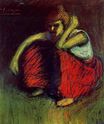 |
 |
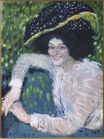 |
 |
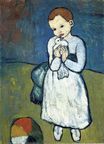 |
 |
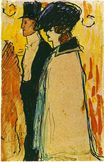 |
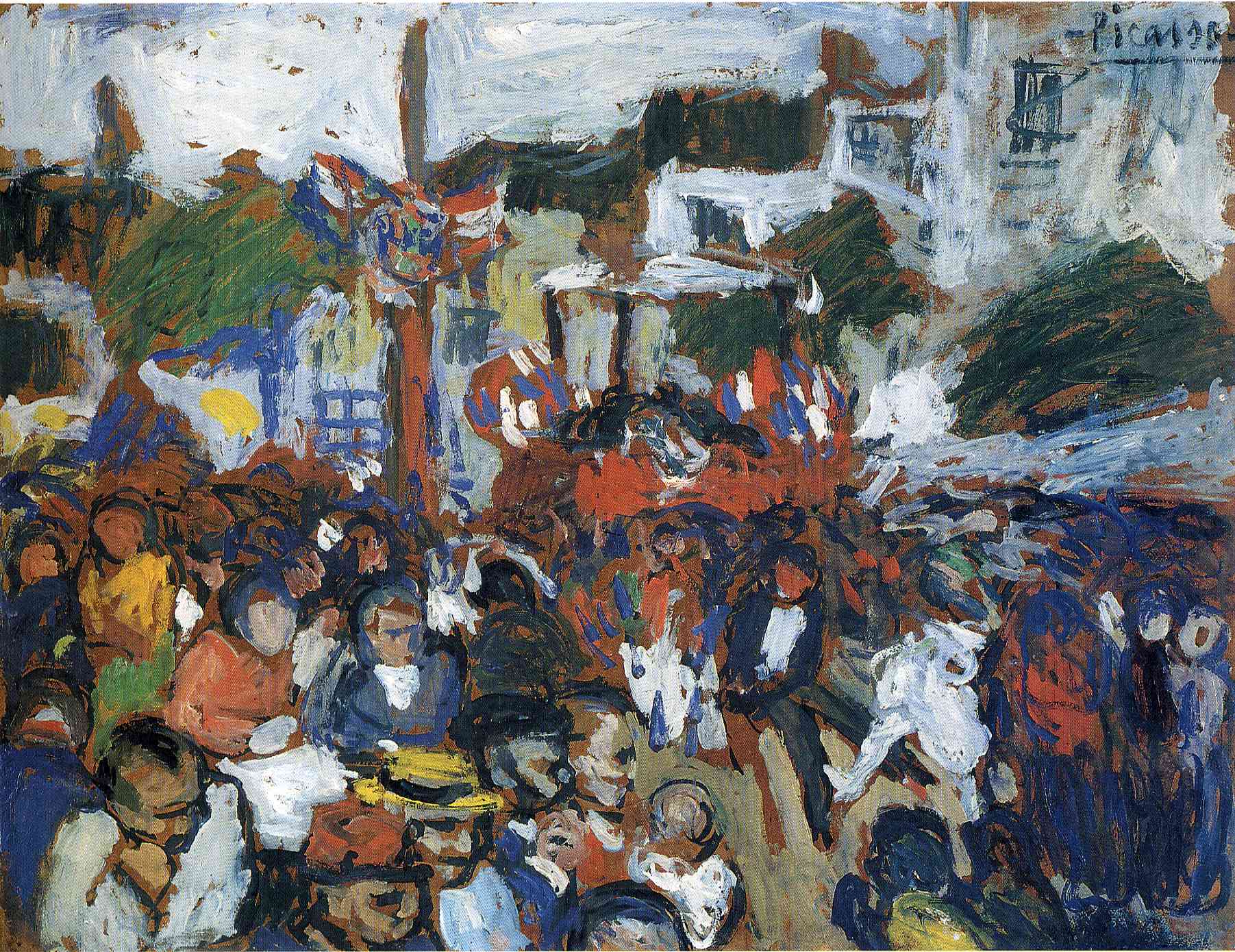
Четырнадцатое июля 1901
48x62см масло на картоне
The Solomon R. Guggenheim Foundation
The image is only being used for informational and educational purposes
<< Previous G a l l e r y Next >>
From The Solomon R. Guggenheim Foundation:
Except for its relatively small size, The Fourteenth of July (Le quatorze juillet) is an ideal counterpart to Le Moulin de la Galette (autumn 1900) and illustrates the extremes of style, mood, and traditions that leavened Pablo Picasso’s imagination during his heady early years, roughly 1900 to 1907, in Paris. The space created in Le Moulin de la Galette draws us forward; in The Fourteenth of July all seems to hurtle toward us. In the earlier painting, color is contained within clearly outlined and relatively small areas; here it explodes as freely as the firecrackers set off by the festive crowd. But the composition, far from being cheerfully scattered, is masterfully disciplined. The figures streaming toward us at the lower left are counterbalanced by the wedge-shaped crowd on the right and the steady beat of the stepped rooflines in back. Picasso emphasizes the counterpoint of the two groups by making nearly all the figures on the right blend into a blur of colors (primarily red and blue) while the figures on the left are treated with far more individuality. Many of the faces on the left are limned with heavy black outlines, and those in the foreground have recognizable features and even a certain level of expression. The man in a white shirt with his chin supported on his fist makes a sullen impression similar in mood (and in technique as well) to Honoré Daumier’s The Third-Class Carriage (Le wagon de troisième classe, ca. 1862–64). Throughout the group of the left, Picasso has highlighted the red and blue with contrasting patches of white, yellow, green, pink, and pale blue. This relatively modest painting encompasses both the general cheer of official holidays as well as the mournful exceptions that are the inevitable concomitant of public festivals. Like Édouard Manet in his The Rue Mosnier with Flags (La rue Mosnier avec drapeaux, 1878), which also depicts a national celebration, Picasso adds a throb of melancholy amid the gay celebrations.
Fred Licht